Thank you for helping us meet our fundraising goal!
Jeff Crawford remembers little of what happened the day he lost his health, his career, his home, his independence and, eventually, his marriage.
One moment, he was a 46-year-old hockey-playing oilfield worker connecting a hose to a valve at a rural Saskatchewan production facility in February 2014. The next, his face was sprayed with a mixture of oil, water and gas. He inhaled and swallowed it.
His medical records show that soup was laced with hydrogen sulphide (H2S), a toxic gas that carries risks to the human body ranging from burning vocal chords and olfactory senses to causing instant death.
Three years later, Crawford’s body struggles to complete its most basic tasks: chew food, swallow, taste, smell, speak properly, breathe clearly and sleep soundly.
“I eat everything through a mashed-up liquid diet,” he says. “I haven’t smelled or tasted or eaten since the accident.
“It’s a day that I relive every day,” he says. “With the medications, treatments, doctors, I relive that day every day.”
No Saskatchewan government investigation followed and regulators took no actions in Crawford’s case. The near-fatal accident appears nowhere in the province’s incident database because the companies involved never reported it to authorities responsible for protecting public health and holding industry accountable, an investigation into oil industry safety by the Toronto Star, Global News and National Observer has found.
The ongoing investigation, which also includes students from journalism programs at Ryerson, Regina, Concordia the University of British Columbia, has obtained documents through freedom of information laws that detail growing safety concerns about H2S, also known as sour gas, dating back to 2012. Those documents were never made public.
The province only learned of the incident that felled Crawford after receiving questions from reporters.
“It’s disappointing we were not advised,” a provincial spokesperson wrote in a statement last week, declining an interview. “Valuable lessons may have been lost because of that.”
Three months after Crawford’s incident, Michael Bunz, a 38-year-old oilfield worker, died in a similar incident involving H2S.
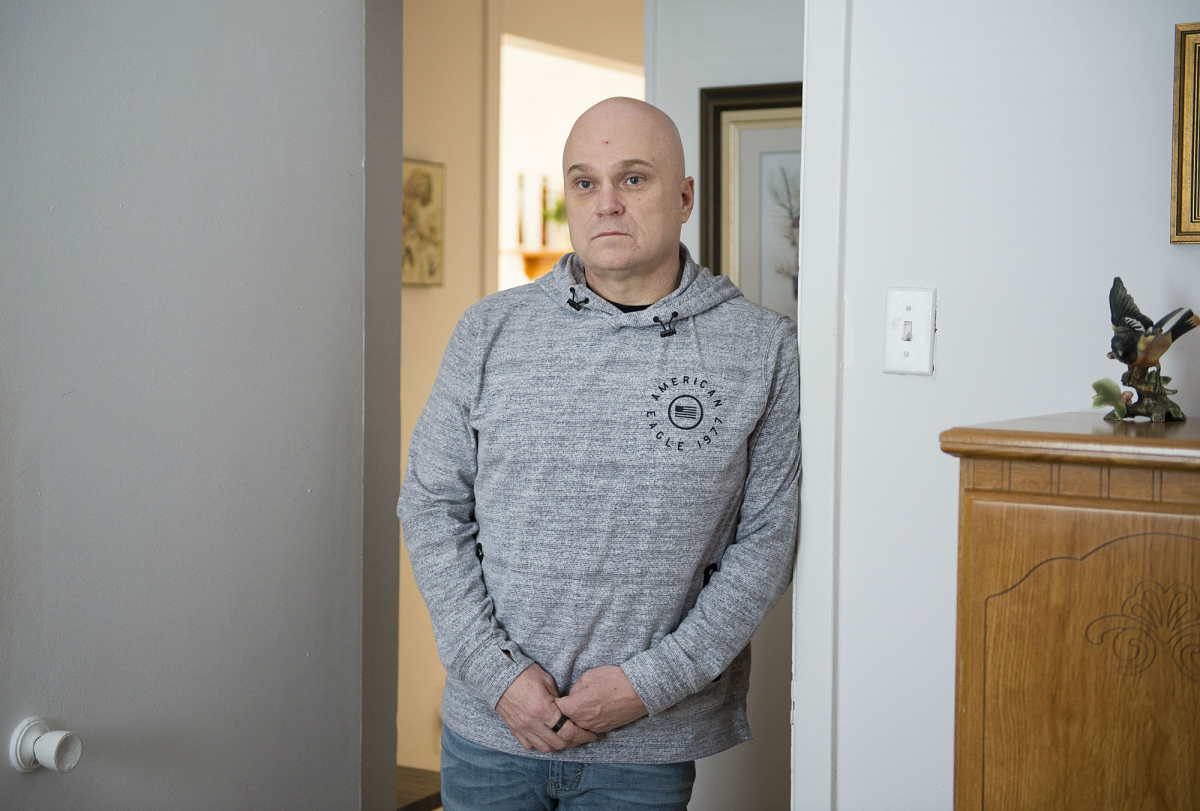
Saskatchewan investigates operators
The province says it has now issued a notice of contravention against Crawford’s former employer, a small trucking company in Unity, Sask., for failing to report. But no formal investigation or charges will follow because of a two-year statute of limitations.
“It’s too bad it happened but it wasn’t known to be an H2S place,” said Daryl Heiland, owner of D.J. Heiland Trucking. “There’s always a risk of it accumulating. That’s just how it is in the oilpatch... I wasn’t aware I had to report it.”
The province also says it is investigating the operators of the facility where the incident took place — owned by Cona Resources Ltd. (formerly Northern Blizzard Resources Inc.) — “to determine whether there was a breach of the regulations related to incident reporting.”
Cona officials declined repeated interview requests. In a statement, president and CEO Rob Morgan said the company never completed an investigation because it “did not receive nor was able to independently verify” information.
Company officials, according to the statement, did assess equipment at the site that showed “between zero and a trace amount” of H2S. “The site is correctly marked to indicate the potential for sour gas even though the area is not generally known for sour gas production.”
Saskatchewan’s Workers’ Compensation Board and doctors who examined Crawford in Saskatchewan and Montreal have attributed his injuries directly to H2S. Medical diagnoses and opinions obtained by the Star reference H2S gas 16 times.
He 'red-lined' three times
Along with Crawford’s physical ailments, psychological and neurological problems have emerged: PTSD, suicidal tendencies, anxiety and dizziness.
Crawford now lives with his parents in Montreal, unable to care for himself, living on workers’ compensation benefits and spending his days in a sequence of medical appointments.
“I got divorced (from his common law partner) because of the eating and not sleeping properly. I sleep upright because if I fall asleep down I end up choking. I am here, but I’m here in a terrible way,” he says. “It was just too hard on her with the medical issues I was going through.”
Stunned and barely able to speak in the moments following the gassing on Feb. 9, 2014, Crawford, an industry veteran with nearly two decades of experience, stumbled to his truck and radioed for help.
“I tried to talk but my voice was messed up,” he says, his voice still raspy and broken. “Somebody came on and said, ‘Are you OK? Are you OK?’ I said, ‘no, no.’”
Then Crawford blacked out. He woke as he was being rushed to the small hospital in Unity.
A note on his chart at 6:20 p.m. that evening reads: “Confirmed with boss at Northern Blizzard if any chemicals in oil — None.”
After four intubation attempts, Crawford was put on life support and airlifted to Saskatoon. He regained consciousness two days later. Medical staff told him he had redlined three times.
“The doctors said it’s a miracle for me to be here,” he says. “All everybody kept saying is they couldn’t understand how I woke up from this.”
Crawford’s initial diagnosis, detailed in his chart at Saskatoon Health Region, reads: “Post-inhalation injury of hydrogen sulphide,” which included symptoms of “loss of smell sense,” “difficulty swallowing and hoarseness.”
The Workers’ Compensation Board accepted his injury claim a month later. A report from the WCB said Crawford was “struck in the face by a combination of crude oil, water and H2S gas,” which led to “difficulty breathing,” intubation, “inflammation of the throat area,” “lung collapse,” “swallowing and speech problems,” “olfactory paralysis” and “frequent severe headaches.”
The key factor in his diagnosis was H2S, a “toxic and irritating” substance that “affects basic metabolism.”
“The scarring documented of the palate/uvula area is almost certainly from the chemical burn he suffered from the H2S,” the report reads.
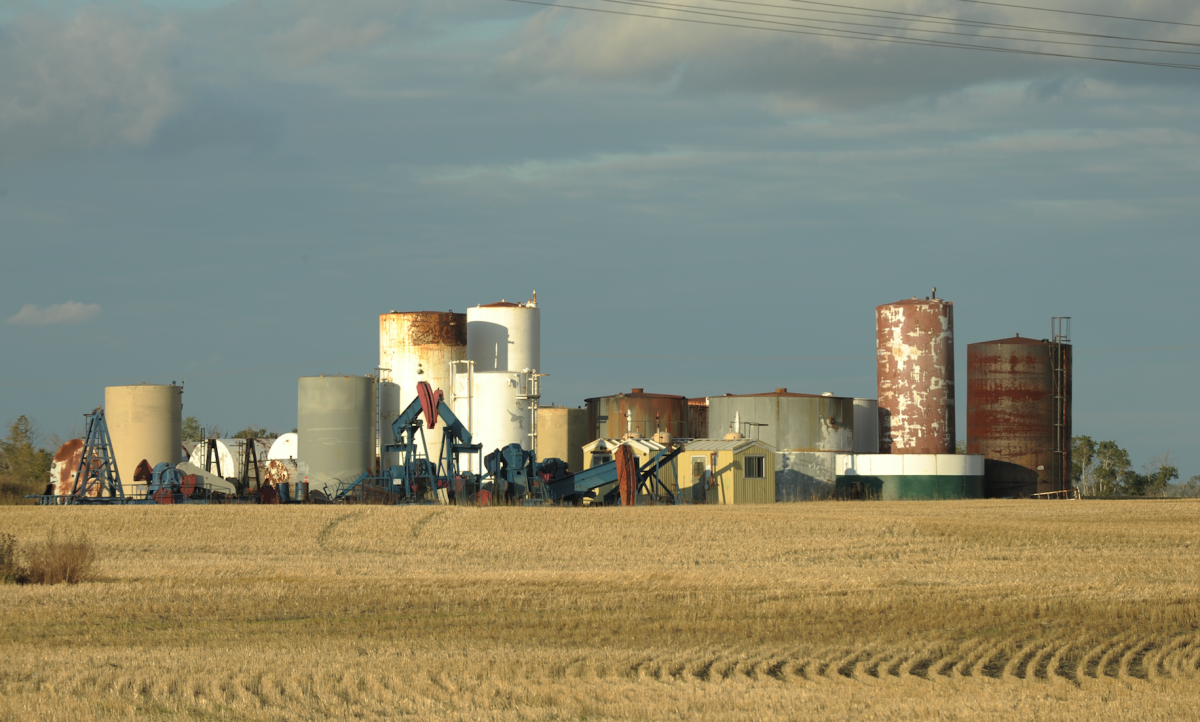
A string of 'serious infractions'
The diagnosis came as no surprise to Crawford.
“I worked for quite a few oil companies and that was the only site I was ever nervous going into,” he says. “They said it was a sweet, not sour, field but every well we went into had HS2 marked on it.”
At the time, industry and provincial Ministry of the Economy (ECON) officials were already dealing with complaints and concerns about H2S in southeast Saskatchewan, according to internal documents.
A 2012 incident, in which a teenager was overcome by H2S in their driveway near Oxbow, Sask., triggered inspections of 11 oil and gas facilities. All failed with “serious infractions,” including releasing H2S at lethal levels “that may be exceeding 150,000 (parts per million),” according to an internal memo from December 2012.
No fines or public warnings followed. No escalated enforcement, penalties or prosecutions followed. The problem continued. But Crawford and his other oilfield workers knew nothing about it.
“There are growing public concerns regarding the air quality issues in southeast Saskatchewan,” wrote an official with the industry’s largest group, the Canadian Association of Petroleum Producers (CAPP). “This has the potential to become a broader industry reputation/social license concern and warrants immediate attention by operators in the region.”
In a March 2013 letter, then-energy minister Tim McMillan — now president and CEO of CAPP — warned companies to meet “compliance obligations” or face “escalated enforcement, penalty and/or prosecution.”
In early 2014 — two months after Crawford’s incident — government and industry officials met to discuss whether to make public ECON data showing H2S hot spots in the province.
“ECON believes current risk is significant,” read the minutes from the April 7, 2014 meeting. “Risk is highest for the workers, at the source... Are we creating a risk by not releasing this data immediately?”
It was never made public.
In May 2014, Michael Bunz died from H2S exposure from a broken valve on an oil tank near Carlyle, Sask. His employer is facing three charges under the province’s occupational health and safety legislation.
Saskatchewan’s regulations require that when workers are in situations that are “immediately dangerous” to life or health, employers and contractors “shall ensure that the worker is provided with and uses an approved atmosphere-supplying respirator” and that “a second worker, suitably equipped and trained, is present and in communication with the worker at all times.” The case remains before the courts.
Like Bunz, Crawford was working alone.
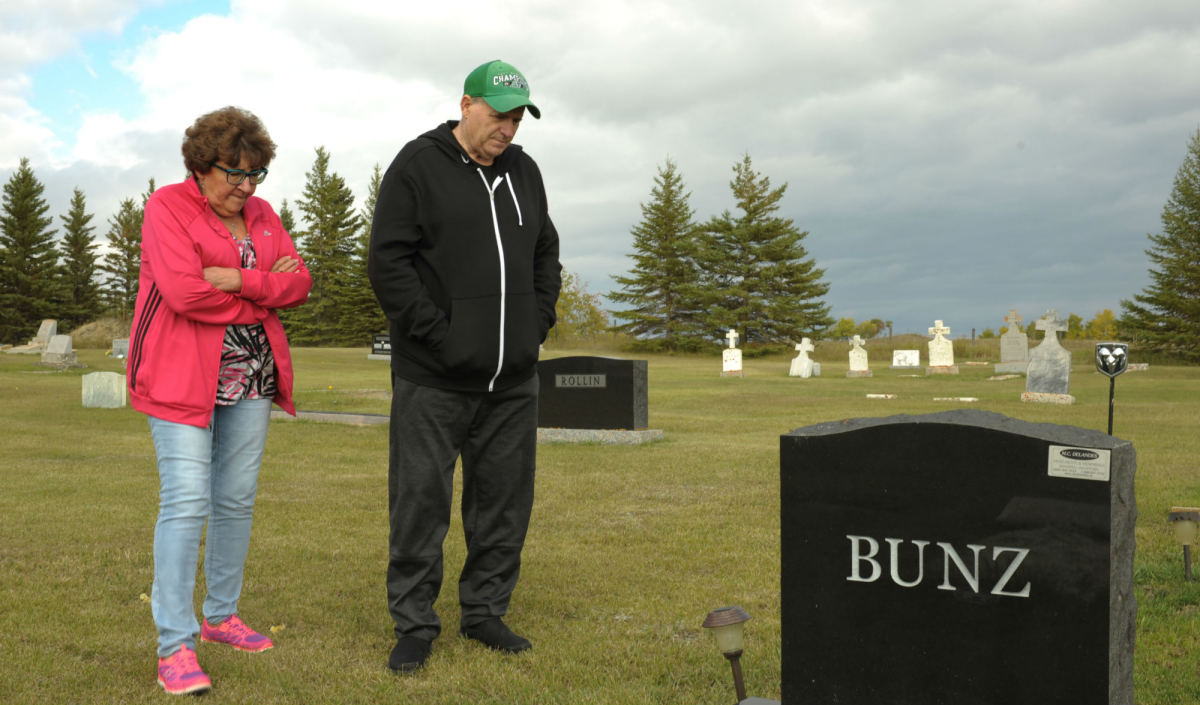
Crawford never filed complaints
“There was nobody on site, which you’re supposed to have,” he says. “After reading the story about Mr. Bunz, I just think this is so unnecessary … These oil companies keep doing the same thing and nothing changes. The government keeps letting them getting away with it. And I’m a forgotten person.”
Bruce Peachey, a petroleum engineering instructor at the University of Alberta, says rules to warn workers about the potential presence of H2S and ensure two workers are present in dangerous situations are standard safety measures in the oilpatch.
Dr. Aaron Thompson, program director for the occupational medicine at the University of Toronto, says that to lose consciousness, as Crawford did, signifies a “critical” incident that should have been reported.
“That would seem to be a breakdown in reporting and a breakdown in the occupational health and safety system.”
Provincial officials stated the province has increased inspections of wells and facilities that process high volumes of H2S, added inspectors and enforcement activities, erected air-monitoring stations and acquired highly sensitive hand-held measurement devices that allow inspectors to identify the source of sour gas odours.
Crawford says he filed complaints with Cona Resources and the Mullen Group, a transportation company that subcontracted to D.J. Heiland Trucking, but was never interviewed and never told of any investigation.
“All the safety guys came back and tried to blame the accident on me,” Crawford says of Mullen Group, whose subsidiary, R.E. Line Trucking, is listed in some WCB documents as his employer. “I was in no shape to fight them.”
Mullen Group officials declined to be interviewed for this story. In a written statement, chairman and CEO Murray Mullen denied that company officials blamed Crawford. The statement confirms Crawford contacted the company’s subsidiary, R.E. Line Trucking, two weeks after the incident and informed them he had “sustained a throat injury.” The statement says the subsidiary conducted an investigation along with Cona and D.J. Heiland Trucking.
The statement does not detail that investigation, but says the area where the facility is located does not have H2S.
“This incident was not H2S related as you have alleged,” it reads. “We are not aware of any H2S-related incidents that would have required Saskatchewan (Occupational Health and Safety) reporting.”
That conclusion contradicts Crawford’s medical assessments.
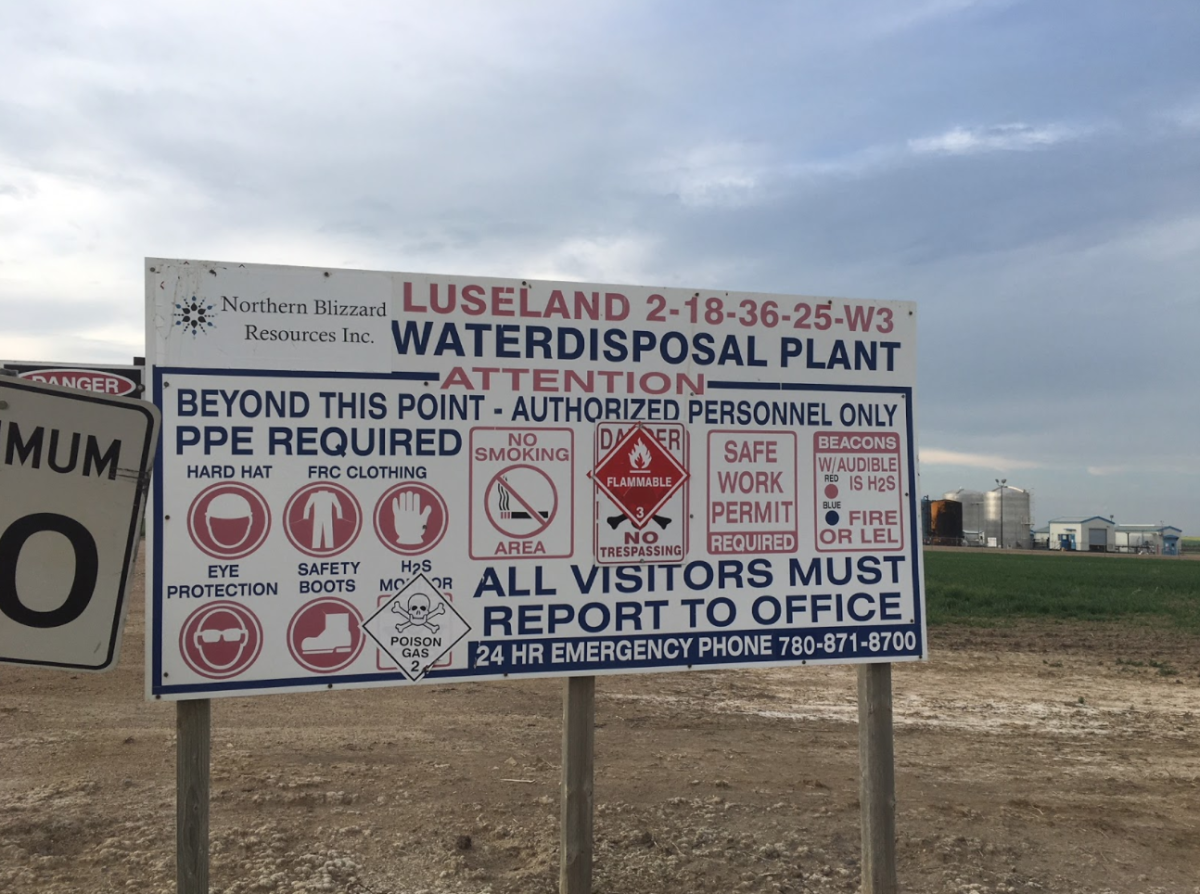
Living with the effects of H2S
In July 2014, a specialist in Montreal detailed Crawford’s inability to swallow well, sleep apnea and speech problems “after his hydrogen sulphide exposure.”
Neurologist Michael Sidel concluded that Crawford suffered from “decreased taste and smell” as a result of exposure to H2S.
Sidel updated that assessment last year, stating Crawford suffers from “chronic dizziness, unsteadiness and decreased concentration. He has a permanent loss of smell and a functional change in his voice since the event. It is most probable that Mr. Crawford will not be able to return back to work on a permanent basis and his disability to some extent is likely permanent.”
Crawford’s psychologist, Dr. Sydney Miller, wrote in 2015 that Crawford was suffering from serious PTSD following an injury involving the “inhalation and swallowing of hydrogen sulphide gas.”
This past summer, Crawford says the Saskatchewan Workers Compensation Board threatened to stop his benefits and transition him back into the workforce.
“They were going to cut me off. After I said I spoke with (a Toronto Star journalist three weeks ago), now all of a sudden they’re paying for everything again.”
“In principle, we are always working towards some form of return to work,” Phil Germain, vice-president of prevention at Saskatchewan WCB, said, not addressing Crawford’s individual case. “That doesn’t always happen. Sometimes it just can’t happen. And that’s fine. But we wouldn’t be doing our job if we weren’t trying.”
Sitting down for a meal, Crawford now goes through a ritual of liquefying his food and swallowing each mouthful slowly while pressing two fingers under his jaw to help it down with a slight gagging motion — among the many lingering effects of Feb. 9, 2014.
“I lost my house, I lost my truck, I lost everything I had. Thank God my parents are alive. If they weren’t alive, I don’t know where I’d be.
“I was the healthiest guy in the world. I played hockey, I did sports, I hunted, I fished, I helped my dad with his renovation company, I worked, I had fun. Now, I don’t do much.”
— with files from Steph Wechsler

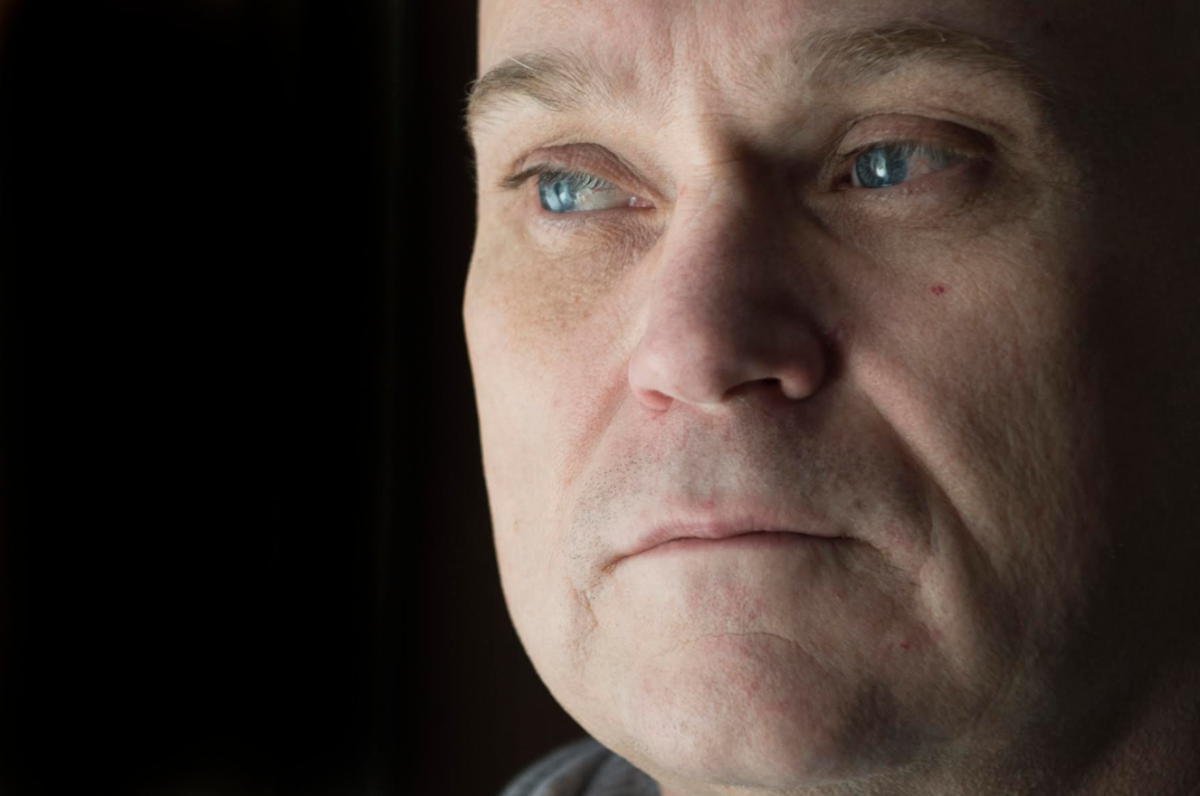

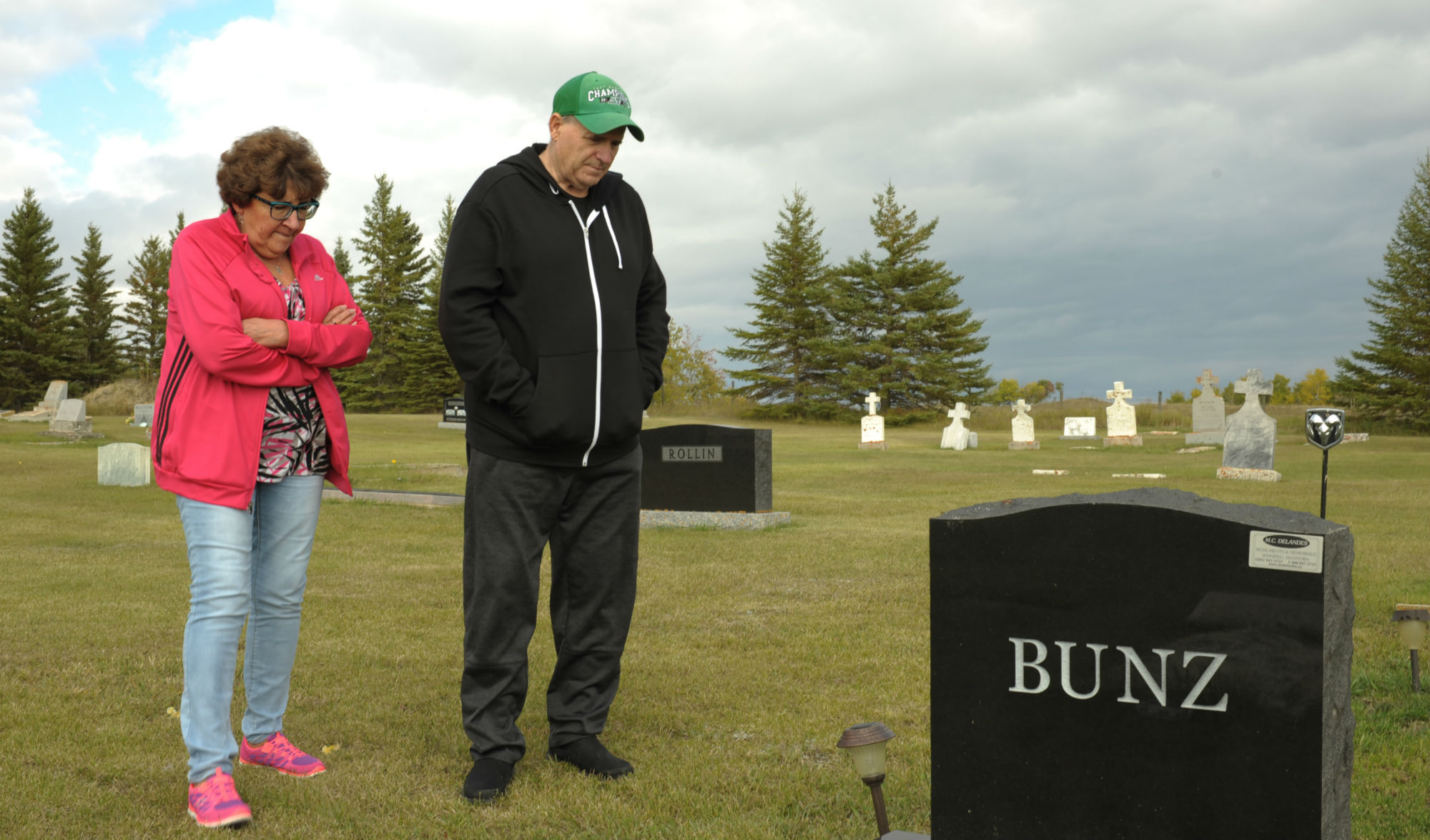


Comments
It's SO sobering and reassuring to read, "energy minister Tim McMillan — now president and CEO of CAPP — warned companies to meet “compliance obligations” or face “escalated enforcement, penalty and/or prosecution.”
That worked well, didn't it?
Firstly, the laws need to be changed to have absolutely NO statute of limitations when it comes to supporting workers, and charging and prosecuting the offenders.
Until regulators stop being the shill for the industries involved, and really get serious about inspections, enforcement, accountability, and severe prosecution and penalties, workers don't stand a chance of protection.